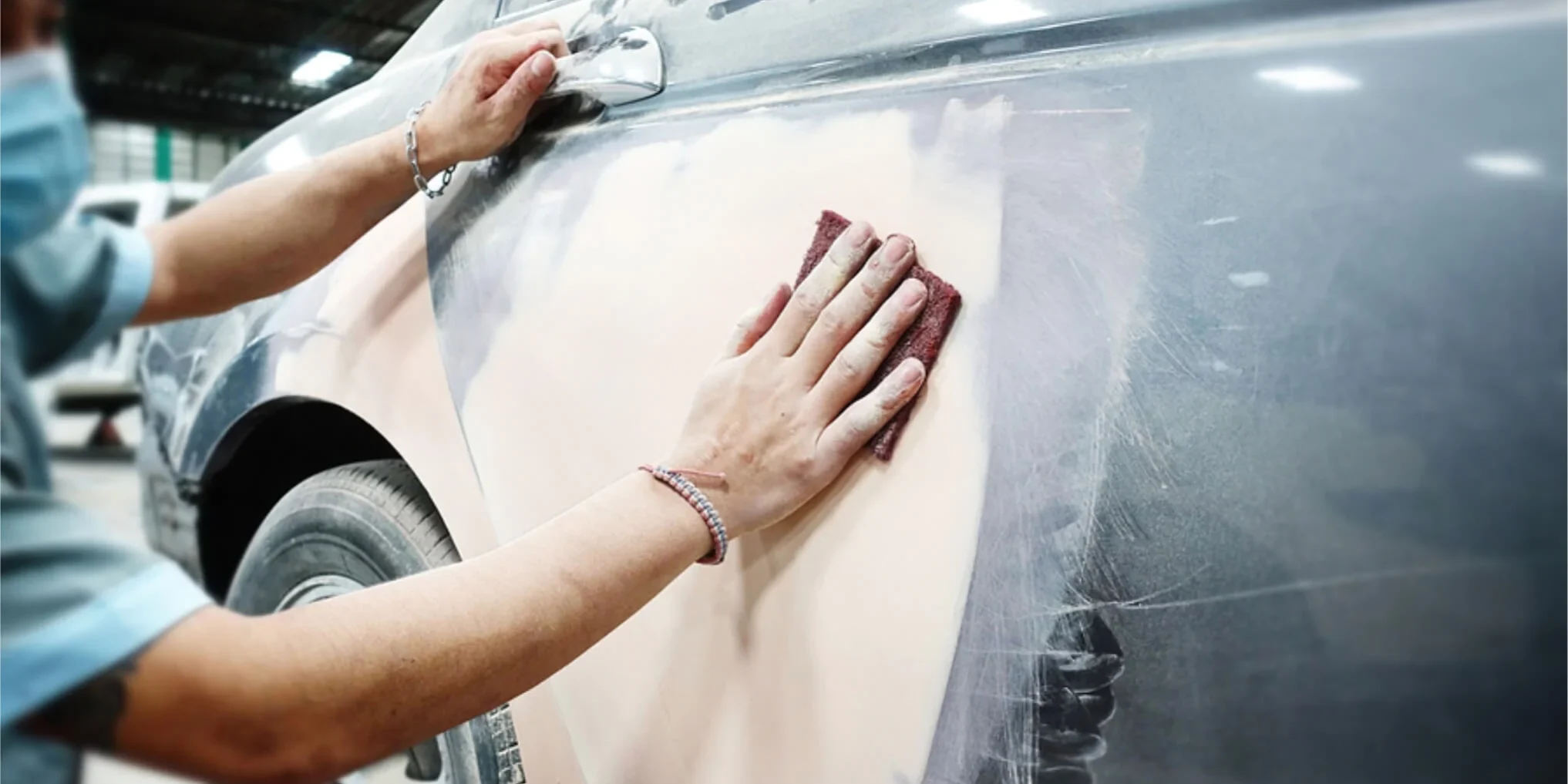When it comes to painting your car, the quality of the final finish depends heavily on the preparation that comes before the paint ever touches the surface. One of the most frequently asked questions by DIY auto painters and even seasoned car enthusiasts is: Do I really need to use primer before painting my car? The short answer? In most cases—yes. But like most things in automotive work, the answer depends on several key factors. Here’s how to tell whether or not primer is necessary for your specific project.
What Is Primer and Why Does It Matter?
Primer is a specially formulated coating that goes on before paint. It serves multiple purposes: it provides a smooth, even surface for the paint to adhere to, helps prevent rust and corrosion, and improves paint durability and longevity. Essentially, primer acts as a foundation for your car’s new paint job.
Without primer, paint might not stick properly, which can lead to peeling, bubbling, or poor coverage. It’s especially crucial when working with bare metal, repaired surfaces, or older paint that’s deteriorated.
When You Definitely Need Primer
There are several situations where using primer before painting your car is absolutely essential:
1. You’re Painting Over Bare Metal
If you’ve sanded down to the bare metal—whether from rust removal, bodywork, or full restoration—primer is non-negotiable. Bare metal has no natural adhesion for paint, so without primer, the paint will flake off over time. Use an etching primer or epoxy primer specifically designed to grip onto metal surfaces.
2. You’ve Repaired Dents or Scratches with Filler
Body filler or putty doesn’t accept paint the same way as the rest of the car’s surface. Applying primer helps seal and smooth out these areas, ensuring even paint coverage and avoiding blotchy results.
3. You’re Changing Paint Colors Drastically
If you’re going from a dark color to a light one (or vice versa), primer helps mask the original color and creates a neutral base for the new shade. This leads to better color accuracy and fewer coats of paint.
4. The Original Paint Is Flaking, Peeling, or Cracked
Old, damaged paint can cause adhesion issues if painted over directly. If your vehicle has visible imperfections in the paint layer, you’ll need to sand the area down and apply primer before repainting.
When You Might Not Need Primer
There are some scenarios where primer may not be necessary—but these are more the exception than the rule:
1. The Existing Paint Is in Excellent Condition
If the current paint is smooth, free of rust or damage, and you’re simply repainting with a similar color, you may be able to lightly sand the surface and apply paint directly. However, even in this case, applying a sealer or primer-surfacer can still help the new paint bond better and last longer.
2. You’re Using a Paint-and-Primer Combo
Some modern automotive paints come formulated with primer included. While these can work well for minor touch-ups or resprays on well-prepped surfaces, they typically don’t perform as well on bare metal, filler, or previously damaged areas.
3. You’re Doing a Temporary or Experimental Paint Job
If this is a short-term look or a test job that you plan to redo later, skipping primer might be acceptable—just be aware the finish won’t hold up to wear, weather, or time.
How to Tell If Primer Is Needed: A Quick Checklist
Ask yourself the following before reaching for your spray gun:
-
Did I sand down to bare metal?
-
Did I use body filler?
-
Is there visible rust or corrosion?
-
Am I drastically changing the color?
-
Is the old paint chipped, peeling, or cracked?
If you answered yes to any of these, applying primer is the safest and smartest move.
Conclusion
Primer isn’t just an optional extra—it’s an important part of achieving a professional-looking, long-lasting paint finish on your car. Whether you’re tackling a full respray or repairing a panel, taking the time to apply the right primer can make all the difference between a paint job that turns heads and one that starts peeling after a few weeks. So before you jump into painting, evaluate your surface condition carefully—because when it comes to cars, good prep means great results.









